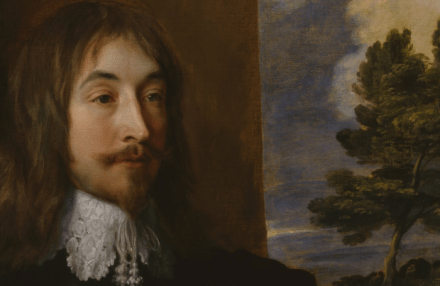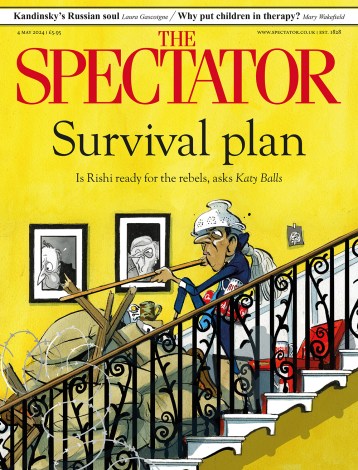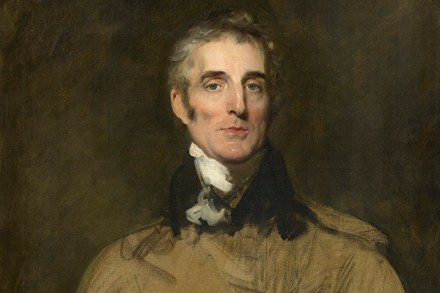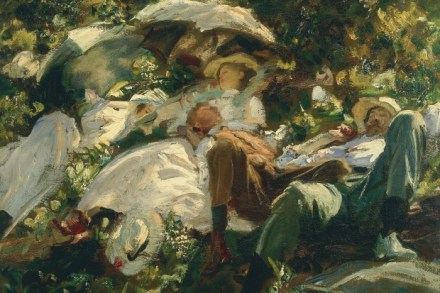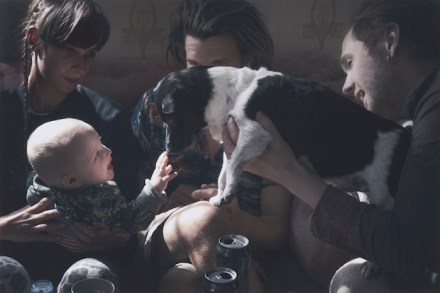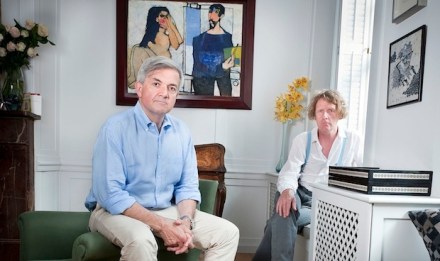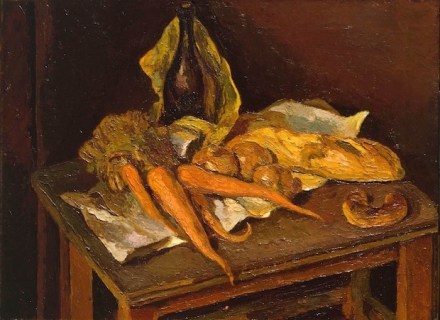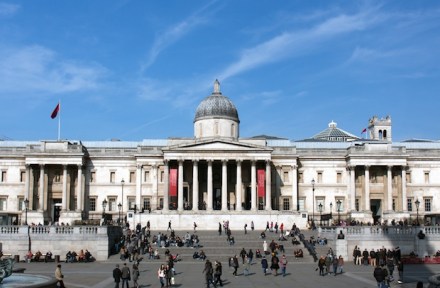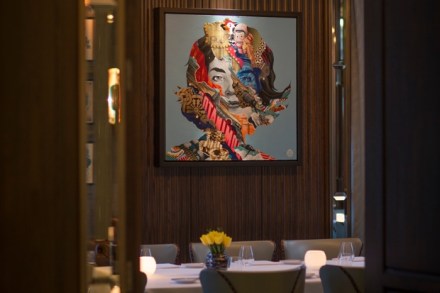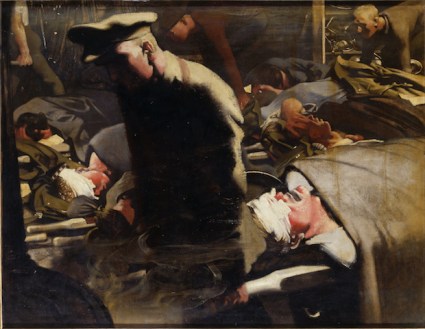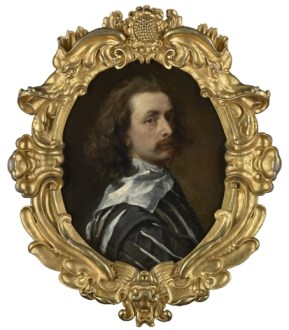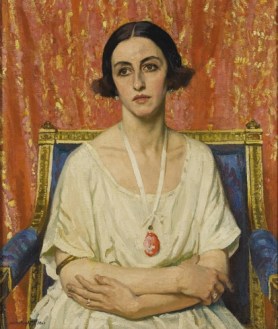The arts rely on the generosity of non-doms. We pursue them at our peril
This much we know. If Ed Miliband wins, he will reintroduce the 50p top rate of tax, impose a mansion tax on homes worth over £2 million and abolish rules enabling registered non-doms to cheerily reside in the UK and avoid tax on their overseas earnings. In other words, he’ll whack the rich. Whether the rich deserve to be whacked we have debated elsewhere. What hasn’t been discussed is whether our eagerness to whack the rich might not have an adverse impact on charitable giving, in particular donations to the arts? One non-dom to consider is Sir Christopher Ondaatje. He personally put forward £3 million toward the wing that now bears his name in the National Portrait Gallery and in 2002 helped
